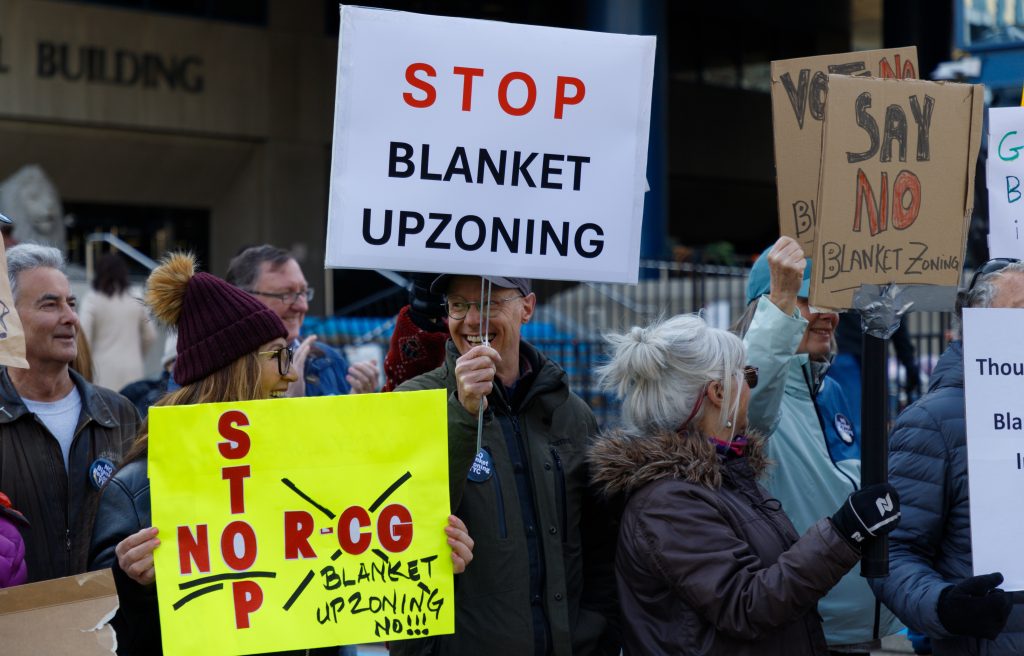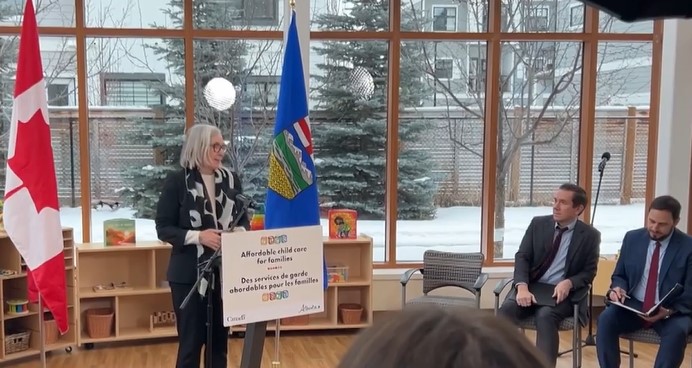Premier confirms plans to shut down Calgary injection site, harm reductionist says it’s a bad idea

Posted Mar 31, 2025 4:42 pm.
Last Updated Apr 1, 2025 8:28 am.
Alberta’s premier confirmed this weekend what she plans to do with the Sheldon Chumir Centre drug consumption site.
In her province-wide call in show this weekend, Premier Danielle Smith confirmed her plans to shut down the safe injection site located there.
This comes just days after Mayor Jyoti Gondek penned a letter to Smith following her ‘state of the city’ address last week, demanding that Smith stop “dragging her heels” and address the issues of the site brought to the community.
In response to the letter, Smith said on her radio show Your Province, Your Premier that they were waiting for a court decision relating to a separate site in Red Deer. They got the decision last week, and Smith said Red Deer’s court “rejected the argument” for their centre to stay open
She says a combination of that and multiple other initiatives in Red Deer such as Alberta’s Virtual Opioid Dependency Program, therapeutic living units in a corrections facility, a recovery community and the establishment of response teams of paramedics and nurses to act as a “mobile force that can assist people with naloxone if they overdose” on opioids convinced her to close down the centre in Red Deer, saying she is prepared to do the same in Calgary.
“It seems to me the mayor’s pretty clear she wants it gone, I think we’ve heard for a long time that residents want it gone. We haven’t had as clear an indication from the entire council,” Smith said.
In Gondek’s letter, she said that Calgary’s city council was told to vote on the issue, but Gondek said they “lack the jurisdictional authority to direct the UCP government.”
But local harm reductionist, Danielle English, says getting rid of the site won’t fix anything.
She said this would be an attack on vulnerable Calgarians and take away important safety resources from those living with addiction, adding there are a lot of misconceptions about safe consumption sites.
“Safe consumption sites are exactly that – they’re safe,” English said. “And when Danielle Smith talks about getting rid of it, it really makes me see that she doesn’t see substance users or unhoused people as people, and that she isn’t concerned (for) their safety.”
English believes getting rid of the site will only push users to use them in other public spaces.
“If you don’t want to see people using substances at the bus stop, on the CTrains, if you don’t want to see people using substances in the park, then taking away a safe place for them to use substances is only going to result in more people having to use substances in bus stations and train stations. It doesn’t make sense,” English said.
Just as how seatbelts and helmets don’t encourage people to speed or be unsafe, English said consumption sites don’t encourage substance use.
“Safety precautions don’t encourage us to be unsafe, safety precautions just help us be safe,” English said.
English says it also highlights a larger problem with Smith’s response to the opioid crisis in how they didn’t listen to the needs of opioid users when developing policies for addressing the opioid crisis.
Substance users who are most affected by the centre also don’t have a voice at the table when it comes to the kinds of decisions made by Smith.
“We are missing the voice of the people impacted,” English said. “We need to listen to substance users, and have them be the people that highlight our projects.”








